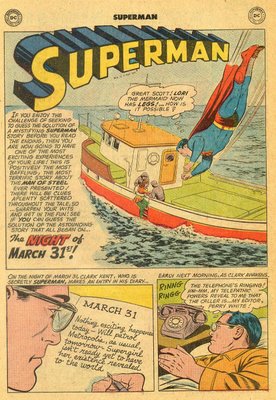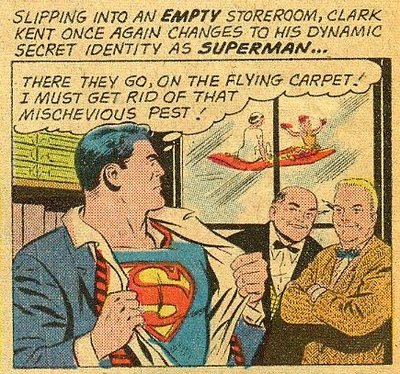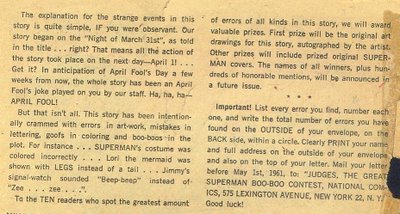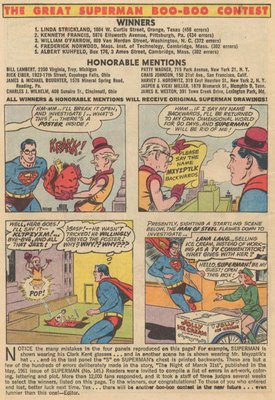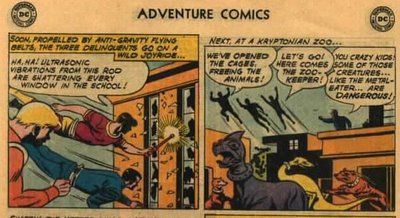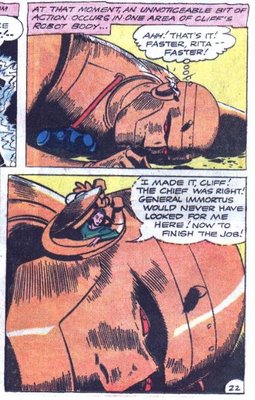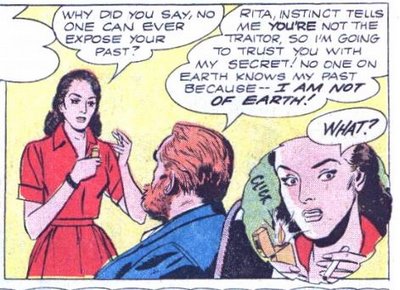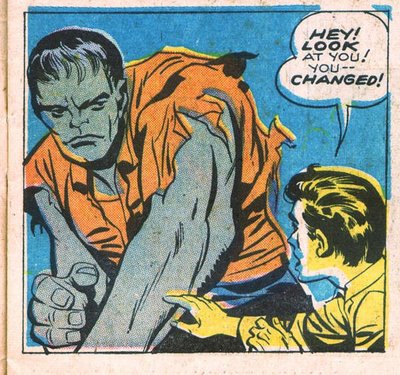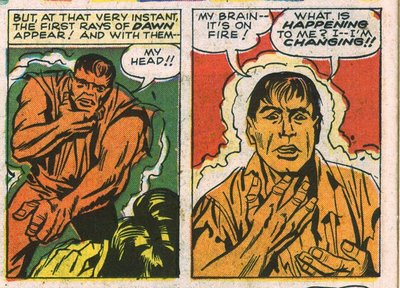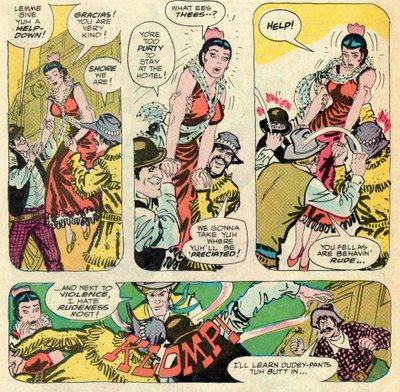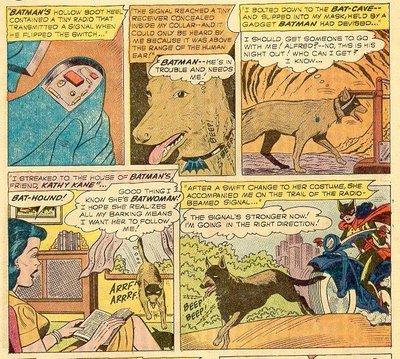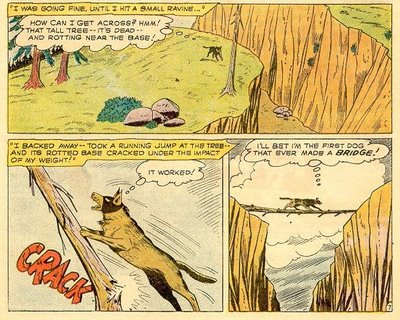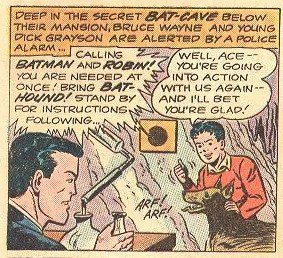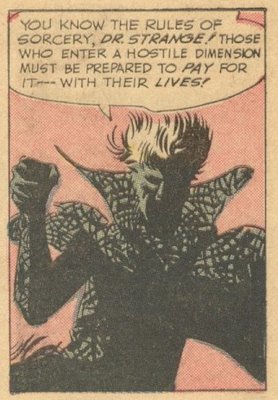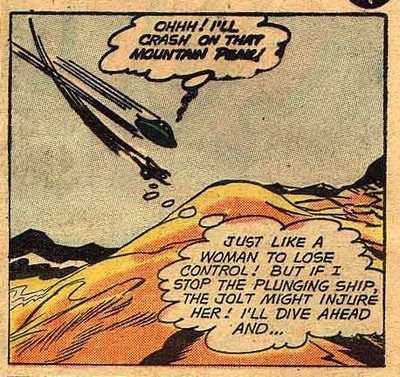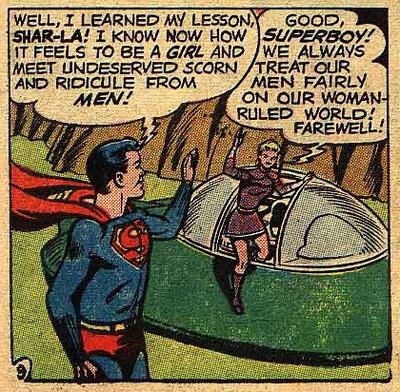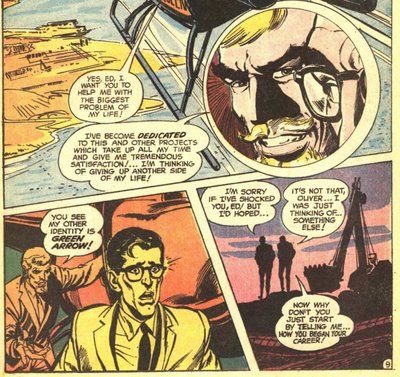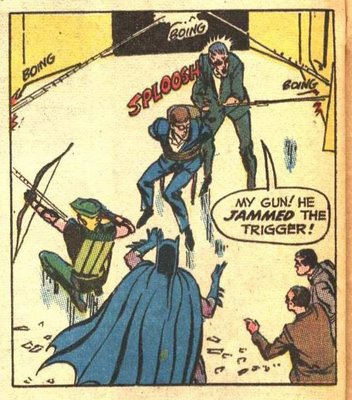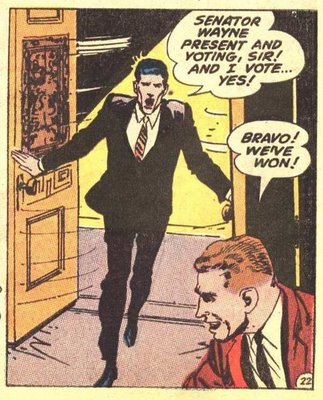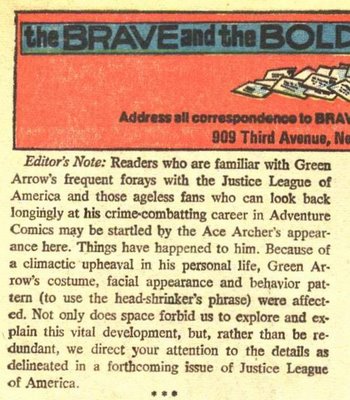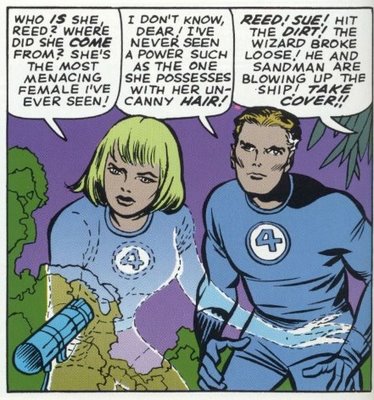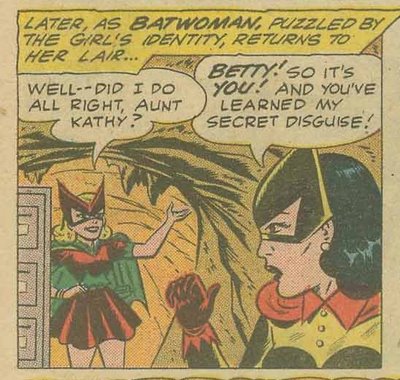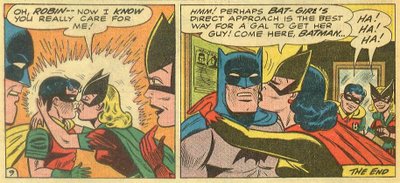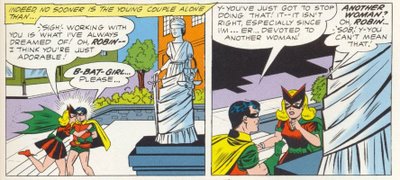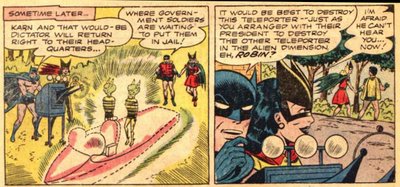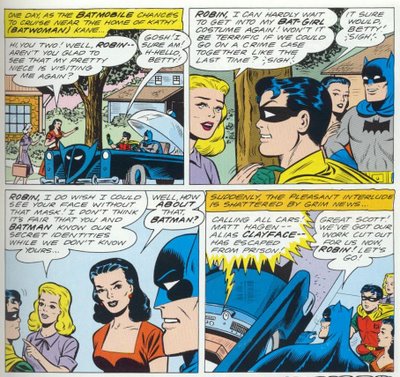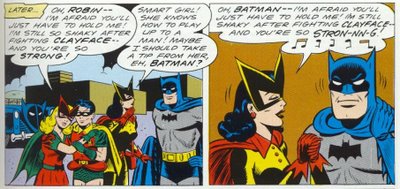This is a great set of stories, with at least four consecutive classic issues (#24-27), and only one significant clunker (#21).
The sequence starts with ASM #20's
The Coming of the Scorpion. J. Jonah Jameson decides to create a superhero to defeat Spiderman. He knows a scientist (Dr Farley Stillwell) who can cause artificial mutations in animals. He pays Stillwell $10,000 to mutate a human being. Max Gargan, a small-time private detective is chosen to be turned into the Scorpion. Unfortunately for JJJ, Gargan becomes so powerful that after beating Spiderman in a fight, he decides to go criminal. Realizing that JJJ is the only person to know his real identity, he decides to kill the newspaperman. Fortunately Spiderman does better in this battle and saves his worst enemy.
ASM #21 features
When Flies the Beetle. This is a pedestrian story featuring the Torch and his old foe, the Beetle. In the tale, the Beetle decides to take revenge on Johnny Storm by kidnapping his girlfriend Dorrie Evans. Meanwhile, Peter has accidentally met Dorrie and ends up having a battle with the Beetle. The Beetle gets away with Dorrie. When the Torch shows up at her place, he finds webbing and assumes Spiderman is responsible for kidnapping her. They have a battle during which Spiderman inexplicably doesn't simply tell the Torch that Dorrie was kidnapped by the Beetle, although eventually they come upon that pair, and team up now to defeat the villain. Peter also fails to recognize Dorrie despite the fact that he had met her while Spiderman in ASM #8, in an oddball short drawn by Jack Kirby.
ASM #22 features a return engagement against the Crime Circus, who had previously appeared in ASM #16. However, they have deposed the Ringmaster, their former leader, and have turned things over to the Clown. While hosting an exhibit of wretched modern art, JJJ is robbed by the Clown and his cronies and nearly killed. Spiderman tracks them down and defeats them despite the wiles of Princess Python.
In ASM #23, the Green Goblin returns. He is determined to take over the gang of Lucky Lobo, and apparently feeds information to Frederick Foswell. Foswell had appeared in ASM #10, as an apparently meek reporter for JJJ, but who in reality was The Big Man, a crime boss himself, whom Spidey had defeated. Spiderman is suspicious of Foswell, whom JJJ has rehired after his prison term elapsed.
The classic run begins with ASM #24. JJJ publishes a series in which the public are encouraged to share why they hate Spiderman. In an effort to get their names in the paper, the people come up with a variety of reasons for despising the wallcrawler. A psychiatrist shows up at JJJ's office and tells him that Spidey will no doubt go insane. Upon reading this dire prediction in the Bugle, Peter gets worried that it might be true. While trying to visit JJJ to check on the story, he hallucinates, seeing the images of his old enemies coming after him. He decides to visit the doc, but freaks out at this sight:

After running out at first, Spidey is brought back by the shrink to this room, which is now magically normal side up. The psychiatrist explains to him that his problem is his secret identity, that if he just went public with his name his psyche would be relieved and he wouldn't have the hallucinations anymore. But then JJJ bursts in; Foswell has discovered that the psychiatrist is a fraud. JJJ confronts the shrink in front of Spidey, who chases down the phony. It's Spiderman's old foe, Mysterio, whom we first encountered in ASM #13, once again using stealth and deception to try to defeat our hero.
Captured by J. Jonah Jameson from ASM #25 is one of my all-time favorite comic stories. Jameson's editorials have gotten the attention of Smythe, an inventor who's convinced he's come up with a robot that can track down and capture Spiderman. Peter, feeling puckish, urges Jameson to try the device despite the newsman's initial skepticism. JJJ quickly sees that it's quite a powerful device, as does Peter. However, it appears to be malfunctioning as it attacks Parker briefly.
He knows that within a day or so the inventor will unleash his machine under the control of Jameson. Sure enough as the schoolday is ending, he spots the robot approaching, guided by Peter's spider nature. He dashes out a side door, chased by Flash Thompson, who had planned to beat him up. After a long battle, the robot traps Spiderman, and it looks like its all over as JJJ and Smythe travel to the site to unmask Peter. However, he's able to escape by prying off the chestplate of the robot and messing with the controls. As a gag, he leaves behind his costume to convince JJJ that his moment is at hand.
The reason I like this story so much is that since there is no supervillain introduced or returning, there is more space for the regular characters--Flash, Betty Brant, JJJ and Liz Allan all have significantly expanded roles in this story. We even get our first glimpse of Mary Jane Watson, although her face is unfortunately hidden:

We wouldn't see how MJ looked for another year and a half.
The two-part story in ASM #26-27 is another classic. The Green Goblin, having helped the Crime-Master become a big shot in the underworld, is disappointed to find his protege is now refusing to share the power. Who is the Crime-Master, and who is the Goblin? Spidey suspects strongly that one of them is secretly Foswell, the former crime boss and current reporter for JJJ. Of course, if he were using his head he'd know that Foswell was in prison during the Goblin's first two appearances.
The Crime-Master and the Goblin battle for control of the gangs. The Goblin seemingly takes the advantage when he shows up at a war council with Spiderman kayoed. But Spidey recovers and manages to fight his way to freedom. In the end, the Crime-Master is killed by the police. He turns out to be Lucky Lewis, a crime boss that Spidey has never heard mentioned. Foswell has a dual identity, but it's as Patch, a small-potatoes hood who's a stoolie.
One amusing bit is that because he had given up his costume to tweak JJJ, Peter has to buy a Spiderman costume from a store. It turns out to be low quality, so that constantly during his battle he has to stop and adjust his attire.
In this series of stories, Peter shows that the change he underwent at the end of ASM #18 was for real. He becomes much more confident and self-assured, to the point where Betty Brant even remarks on it. His romantic life seems a bit up in the air, with Liz Allan apparently settling for Flash Thompson, although still more interested in Peter. Betty and Peter seem to be on the skids, perhaps because he's turned out not to be the cowardly bookworm that he appeared they first met.
We had seen Betty on a date with Ned Leeds, a young reporter for the Bugle, in ASM #18, and Betty had introduced him to Peter in #19. In #20 she continues to see Ned, but in #21 he's seemingly out of the way in Europe for six months. However, she and Peter never really reconcile during this period, especially since he notices that she's getting letters from Ned.
Previous Spiderman Posts:
Spiderman--First Major ArcAn Unfortunate ErrorWho's Liz Allen's Dad?
